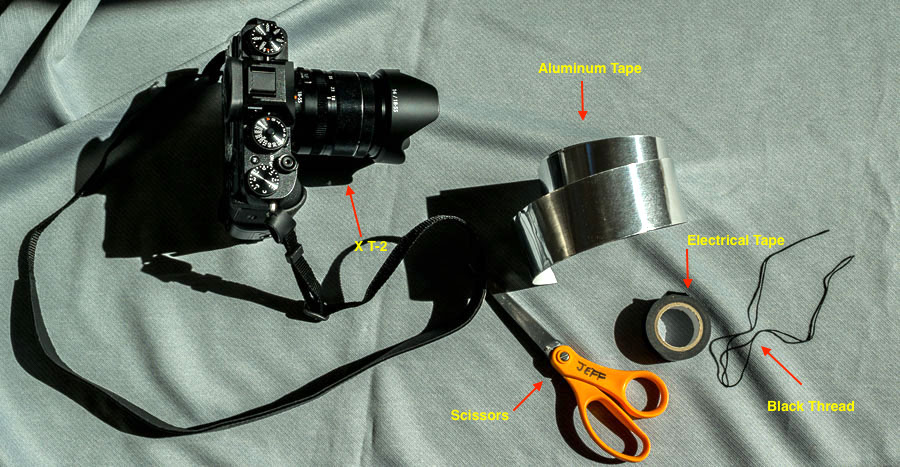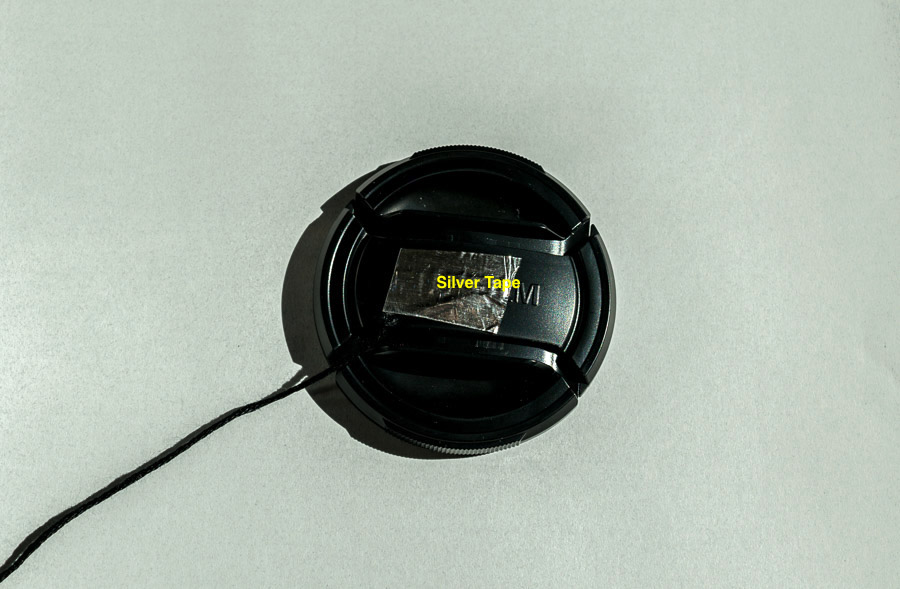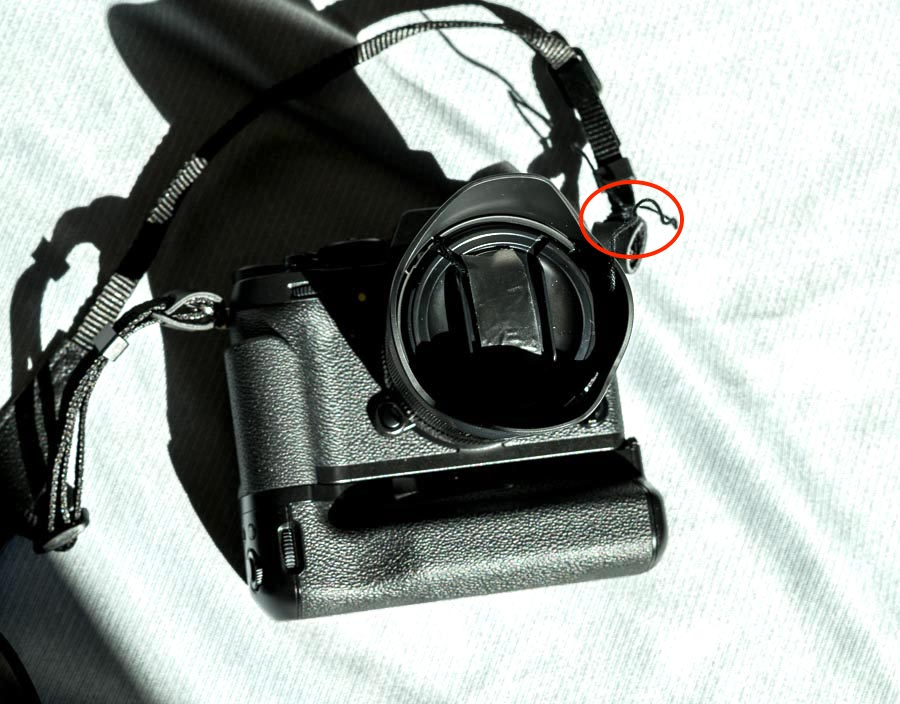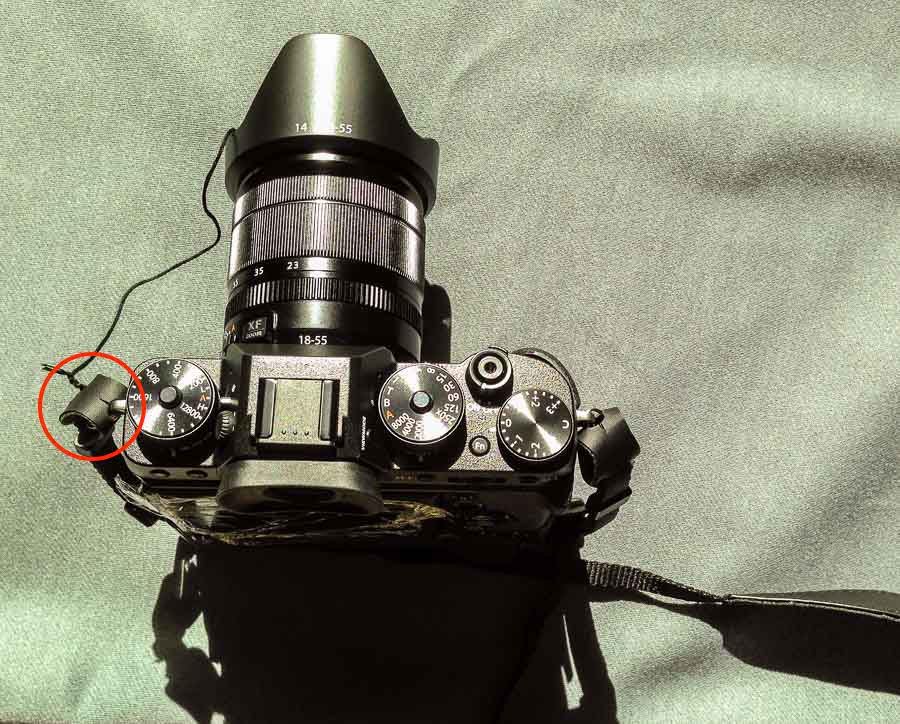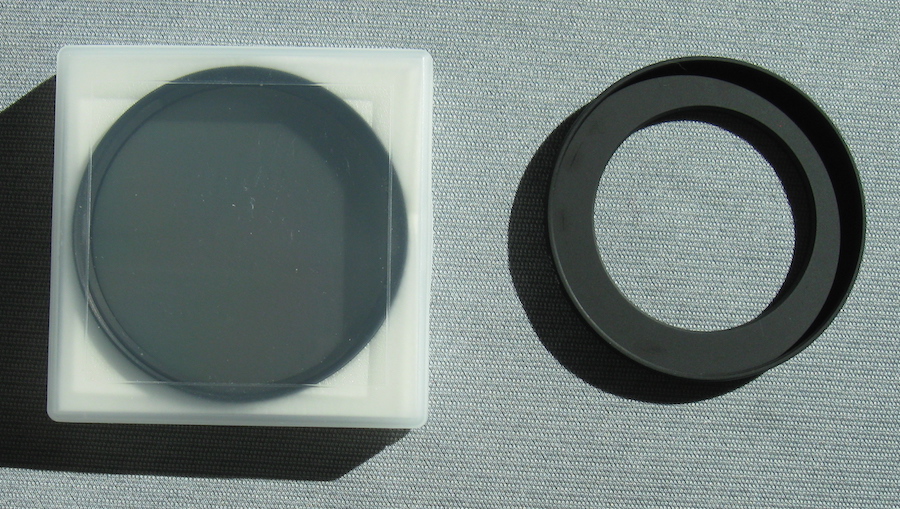
Those JBRish readers who have been following my photography exploits, know that I recently purchased a Fuji X T-2. Until a couple of weeks ago, I did little more than take some test shots and “getting to know” the camera photographs.
That changed on September 5th when my wife and I left our Sonoran Desert home and headed for the coast of Oregon with plans to visit Crater Lake before heading home. I learned a great deal about photography in general, my new Fuji X T-2 and my Nikon D3300. Needless to say, there was a whole lot of learning going on.
With the understanding that I was heading for the ocean and lake, I wanted to purchase a polarizing filter for the X T-2. I think anyone getting involved with photography has ambitious plans/dreams and I am no different. My intent is to grow my Fuji system to include some of the telephoto lenses. Research indicated that the lens(es) in which I had some interest (FUJINON XF100-400mmF4.5-5.6 R LM OIS WR – for example) take a 77mm filter size.
My X T-2 has the XF 18-55mm f/2.8-4 R LM OIS zoom kit lens with a 58mm filter thread. Naturally I want to minimize my expenditures and maximize the use of equipment I own or will soon own, so I immediately thought of purchasing a 58 to 77mm step up ring to use the filter on a number of lenses.
One of my concerns was the problem of vignetting around the edges. I called Fuji and asked if I used a polarizing filter with a 58-77mm step up ring on the 18-55mm kit lens would I experience vignetting. The Fuji techs didn’t think so. I then called the online photographic equipment retailer and asked their sales assistant and I received the same answer. Not being satisfied, I also called the filter manufacturer’s US office and they too indicated that they thought vignetting would be unlikely.
With those assurances, I purchased these items:
B&W 77mm Circular Polarizer MRC Filter and the B&W 58-77mm Step-Up Ring
You might be wondering why I selected this particular filter… These filters received very good reviews from those who have purchased them. These are not inexpensive filters. They are manufactured in Germany which has a reputation for quality photography products and engineering. Lastly, this particular filter was recommended by a professional photographer I follow online. Purchasing any equipment is never a “sure thing,” but with all of the above, I figured the deck was stacked in my favor.
Naturally, as soon as I received these accessories, I took them outside and shot a few frames with them and I did not see any vignetting on the sample images taken at a variety of focal lengths being sure to capture some with the lens fully extended and fully retracted. Based on these trail shots, I was fairly confident that the prospective filter and step up ring would meet my requirements.
I am recently back from the trip and I have only previewed the shots taken with the polarizing filter and step up ring and, at first glance, I don’t see any vignetting. This was a learning experience for me as I was able to spend significant time with the X T-2 and polarizing filter combo.
HERE ARE SOME TAKEAWAYS:
- I wasn’t prepared for the surface area on a 77mm filter. It is HUGE.
- I wasn’t prepared for the amount of dust and other “things” that were attracted to the filter.
- I was prepared with my Giotto Q-ball (Rocket Blaster) and I was glad I had it. I used it every time I took the camera out of the bag. BTW, this was one of the best purchases I ever made regarding my photography gear; reasonably priced and used every time I use my cameras!

- I was prepared with a good number of lint free, microfiber cloths made specifically for cleaning camera lenses.
- I was pleased with the beautiful rendering of the colors with the camera/filter combination.
- I was surprised at how much light can be “lost” by using the polarizing filter at one of its stronger settings. When I use the word surprised, I don’t actually mean surprised because all the literature pointed to the reduction in f-stops, but I didn’t appreciate how much of a difference it would actually make in situations where there is not strong daylight.
** NOTES ** – I did not purchase a lens hood to fit on the lens with the polarizing filter because of my concern about the vignetting. I am going to try to find a lens hood and appropriate lens cap to help keep dust off of the filter.
I previously explained how I like to have a tethered lens cap and let me just say that had my lens cap not been tethered, I would have dropped it numerous times and perhaps lost it. This is my issue since I have a particular shooting style re: hiking as I shoot! You can read about my tethering of the Fuji lens cap in this article:
Fuji X T-2: Making the Lens Cap Stay Put on the Kit Lens
I will write more about my photographic exploits with my X T-2 and other gear. Check back for more articles and if you have any questions, leave them in the comment section below.
Read more photography posts HERE:
**********
All original content on this blog is copyrighted by Jeffrey B. Ross with ALL Rights Reserved. While reference links back to JBRish.com are appreciated and encouraged, please acquire approval for any reproduction of original content from this website.
©Jeffrey B. Ross – 2017

